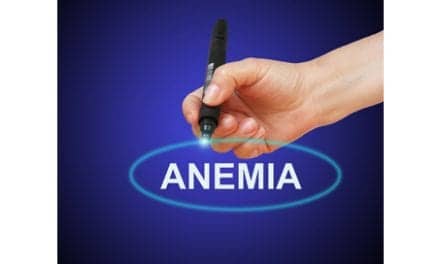The use of tele-rehabilitation following total hip and knee arthroplasty was found to lower costs, increase patient compliance and led to high patient satisfaction, suggests a study presented recently at the 2019 Annual Meeting of the American Academy of Orthopaedic Surgeons (AAOS).
In the study, “Tele-rehabilitation for Total Hip and Knee Arthroplasty Patients: No Increase in Readmissions,” 40 patients who had total hip arthroplasty (THA) and total knee arthroplasty (TKA) were enrolled to use tele-rehabilitation following surgery. Patients did daily exercises at home with an animated avatar (VERA) as well as four to six face-to-face physical therapy sessions. Compliance, accuracy, functional outcomes and satisfaction rates were recorded via the device that was set up in the patient’s home.
“One of the strengths of this system is that you actually know if the patient is doing therapy,” says Mary I. O’Connor, MD, FAOA, FAAHKS, FAAOS, Director, Center for Musculoskeletal Care, Professor of Orthopaedics and Rehabilitation, Yale School of Medicine, in a media release from AAOS.
“Unlike before, I know if a patient has logged on and done their exercises. Another nice feature is that the physical therapist can interact live with the patient. It is another opportunity to have a higher-quality touchpoint with the patient without the patient having to come into the office.”
The tele-rehabilitation patient outcomes were compared to 614 patients who were discharged to home and underwent home or outpatient physical therapy following THA or TKA. In the tele-rehabilitation group, 30 day and 90-day readmission rates were not significantly different for the tele-rehabilitation cohort (30 day, 2.5% vs. 4.2%; 90 day, 2.5% vs. 5.7%). There was a near identical rate of emergency department visits at 90 days (tele-rehabilitation, 10%; traditional, 9.8%).
Among the research findings:
- Patients had high rates of accuracy in performing exercises—93% for the TKA group and 90 percent for the THA group.
- The TKA group averaged a total of 24 minutes of exercise per day, and the THA group averaged 12 minutes per day.
- None of the TKA tele-rehabilitation patients required manipulation, which is often used to treat knee stiffness following surgery.
- Patients’ satisfaction with the program was very high, with an approval score of 91.2%.
- Cost analysis showed a minimum cost savings of $1,000 when tele-rehabilitation was utilized.
“Physical therapy with a physical therapist is a resource-heavy model,” O’Connor states. “Any time you involve a skilled professional, as a physical therapist is, it is going to increase your cost. When the patient can do routine exercises on their own with guidance and support through tele-rehabilitation, you are going to lower your cost. It doesn’t eliminate the need for skilled physical therapist, but it is an extender of physical therapy.
“We have been very pleased with our experience to date, particularly the very high level of patient satisfaction. An elderly knee replacement patient of mine told me how much she loved VERA. I asked her why and her response surprised me. She said: ‘Dr. O’Connor, I don’t have to make sure my house is clean, or my hair is done, and I have makeup on as when the physical therapist comes to the house. I can do my exercises in my housecoat,'” she adds.
[Source(s): American Academy of Orthopaedic Surgeons, PR Newswire]





